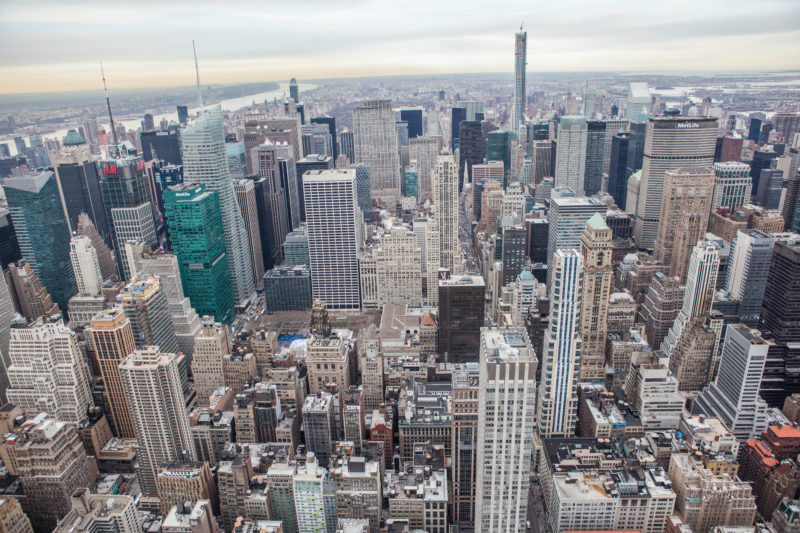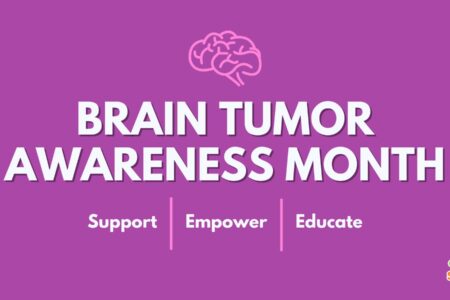
Share On Social!
Urban planning plays a significant role in addressing the health equity and health disparities of Americans, especially Latinos. According to the World Health Organization (WHO), environmental, social, and economic conditions in cities can have both positive and negative impacts on human health. Urban planning plays an important role on these conditions.
Air and water quality, the location of affordable housing, and access to public transportation are all factors that shape health. Perhaps no place in the world is more known for its “urban form”—its physical layout and design—than metropolitan New York City (29% Latino population). From the towering skyline of Manhattan, the neon lights of Times Square, the rolling hills and paths of Central Park, New York has built an environment that makes it a vibrant and dynamic city to live in. Its distinctive form also greatly impacts the health of its residents.
As discussed in a new report entitled State of the Region’s Health: How the New York Metropolitan Region’s Urban Systems Influence Health these impacts are often misunderstood. Written by the Regional Plan Association (RPA) with support from the Robert Wood Johnson Foundation (RWJF), the report provides an in-depth look at health in the metro New York area (home to 23 million people). The report found that New York’s residents live longer than U.S. residents overall.
Residents fared less well than those in other large metropolitan areas on several broad measures of health. New Yorkers reported having more “bad health days” (both mental and physical) than other Americans. The average life expectancy increased significantly between 1990 and 2010 for New Yorkers overall; however, Latino residents live 7 years less than white residents. Across the region, health problems tend to be concentrated in poor, non-white neighborhoods and communities.
The overall gains in life expectancy do not translate well into overall quality of life. New York’s adults reported feeling both physically and mentally unhealthy 3.3 days per month compared to 2.9 days for the best performing city, Washington, D.C. (10% Latino population).
Housing affordability is a challenge in the New York region; 45% of households reported spending more than 30% of their income on housing. The report recommends that regional and urban planners need to integrate planning for health with planning for communities. Health-oriented urban planning today would factor in not only the need for public parks, but also the need for walkability so that residents can enjoy walking as part of their everyday lives.
You can read more about this story here.
Share this story on Twitter: New York is a great example of urban planning and health. #SaludAmerica #HealthEquity http://salud.to/2a3EVjV @SaludToday
Explore More:
Healthy Families & SchoolsBy The Numbers
142
Percent
Expected rise in Latino cancer cases in coming years



